Ultimate Guide to Bird Nesting Season in the UK: Dates, Tips, and What You Need to Know!
As the days grow longer and the first signs of spring appear, bird enthusiasts across the UK eagerly anticipate the arrival of nesting season.
Grounds Maintenance, Landscape Creation, Arboriculture, Sports Surfacing, Parks management, IOS Managing Safely Training, Ecology & Biodiversity, Grass cutting, Horticulture, Street Cleaning, Soft Landscaping, Hard Landscaping
idverde provides a wide range of green services, including grounds maintenance, landscape creation, and advice services, to both private and public sectors across the UK.
To celebrate National Tree Week, which is taking part from 27th November – 5th December, we are taking a look at some of the most common trees found in the UK and how they each play their own part in helping the ecosystem.
National Tree Week is the UK’s largest annual tree celebration, spreading awareness of the importance of trees to the planet.
In general, trees are vital as they give us oxygen and absorb and store carbon dioxide as they grow but they also provide other benefits to the environment including feeding and housing a range of insects and animals as well as helping with pollination.
Here are some of the most common tree species in the UK and the key roles they play in helping our planet thrive:
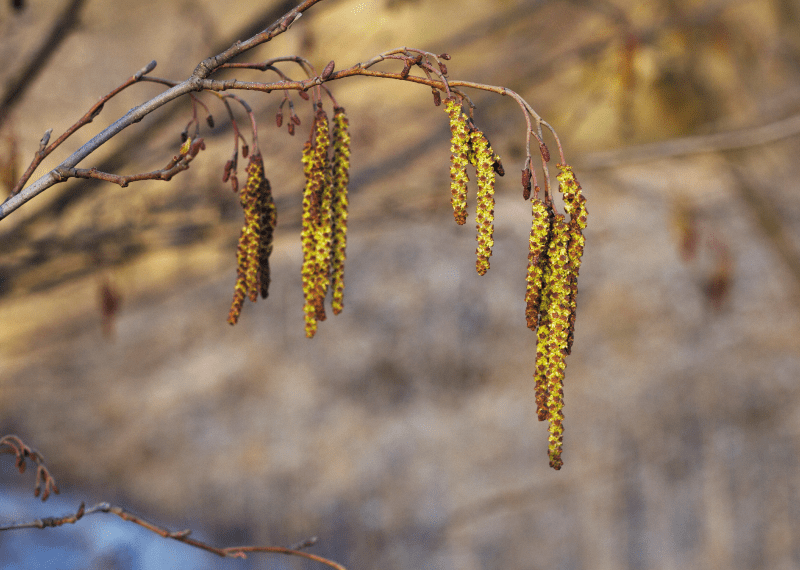
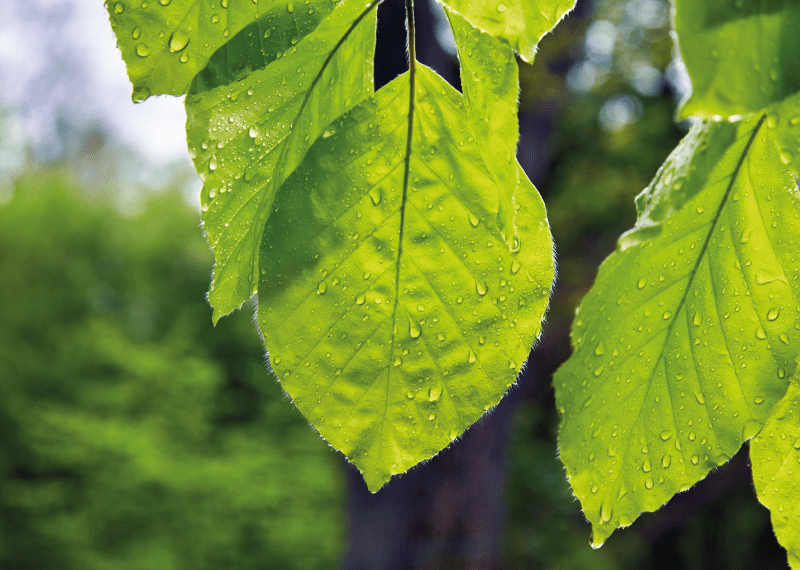
The Alder tree, which reaches a height of approximately 28m, can be found around Europe and throughout the UK. This species of tree is a lover of wet and damp areas, thriving in areas such as wet woodland, streams and cool areas.
The Alder tree has many benefits to the ecosystem. It provides a food source for caterpillars and some species of moths including the Alder Kitten. The seeds, which are held within miniature cones, are also eaten by the Siskin, Redpoll and Goldfinch. Additionally, Alder roots provide Otters with the perfect nesting site.
– Female Catkins, which are small and brown in appearance
– Egg-shaped leaves with serrated edges and central veins with additional side veins running to the outer-edge
– Dark grey bark
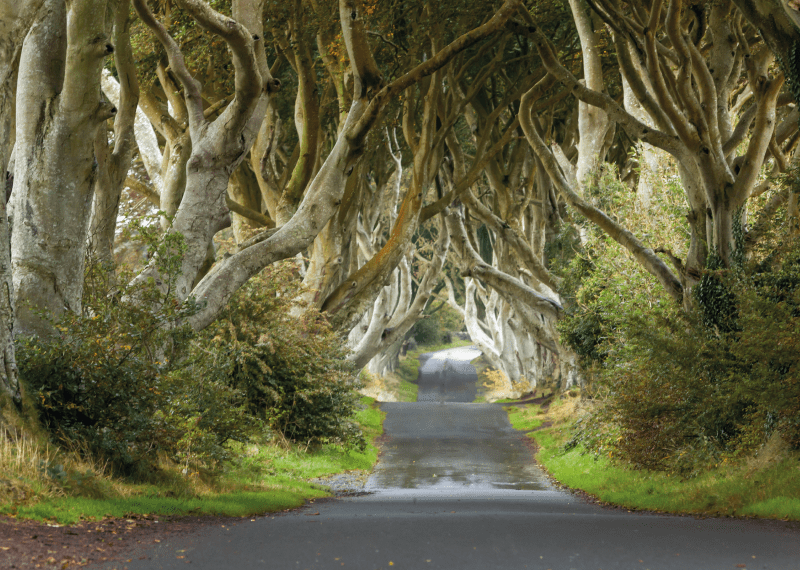
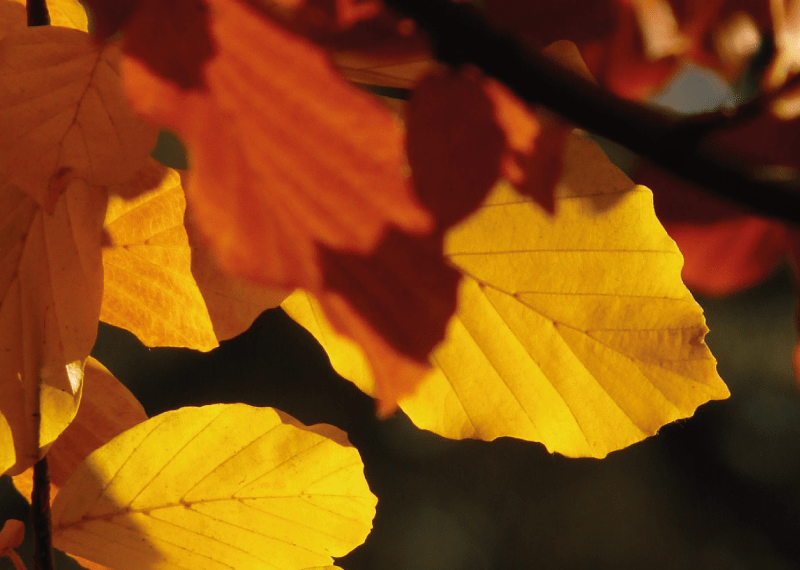
The Beech tree, which reaches a height of approximately 40m, can be found in many parts of Europe. The tree is found in the UK, where it is only considered a truly native tree to South East England and South East Wales. Opposite to the Alder tree, the Beech prefers drier soils such as chalk and limestone and grows in humid environments.
Beech foliage is a food source for insects such as caterpillars and moths, including the olive crescent. Squirrels, birds, mice and voles also eat the seeds from the tree.
The species is also a great habitat for a number of plants, insects and animals. This includes orchids, hole-nesting birds and wood-boring insects. It is also often accompanied by fungi, mosses and lichens, which provide benefits of their own including being used in the textile and food industry.
– Grey-coloured bark
– Beech nuts in prickly seed cases
– Hanging male catkins
– Wavy-edged, oval leaves around 4-9cm in length
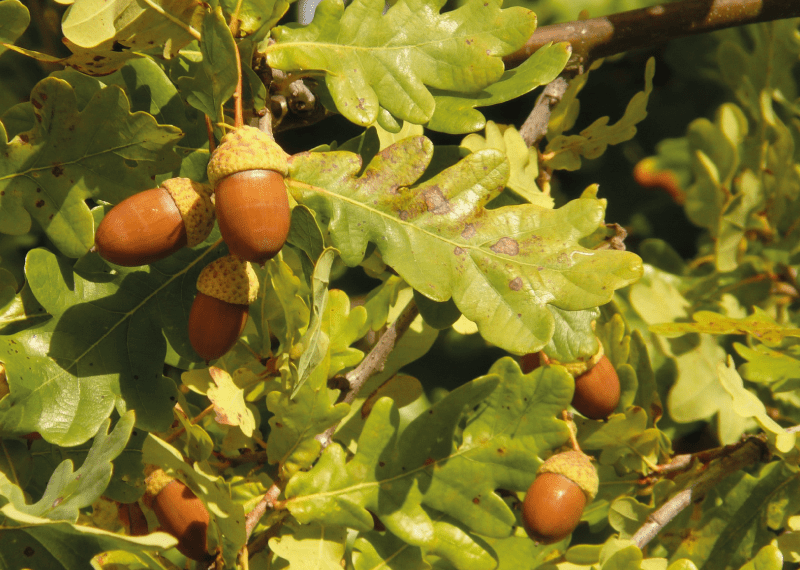
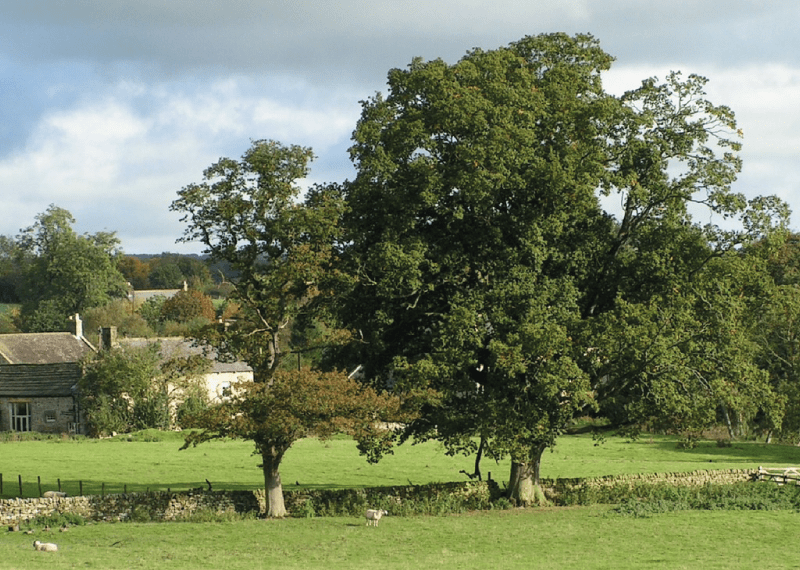
The English Oak, which grows up to 20-40m tall, is a very common tree throughout the UK and is mainly found in woodlands in Southern and Central Britain.
The English Oak supports more life than other native tree species. Home to hundreds of insect species, they offer a valuable food supply for many birds. The tree also has leaf buds that provide food for caterpillars and acorns that are food for animals such as badgers, deer and squirrels. The Pied Flycatcher and Marsh Tit also use the tree bark as nesting spots.
The benefits the tree provides doesn’t stop there, with the fallen leaves forming a rich leaf mould and supporting invertebrates and fungi.
– Acorns around 2-2.5cm long
– 10cm leaves with deep lobes
– Grey-brown bark
– Rough textured bark with grooves
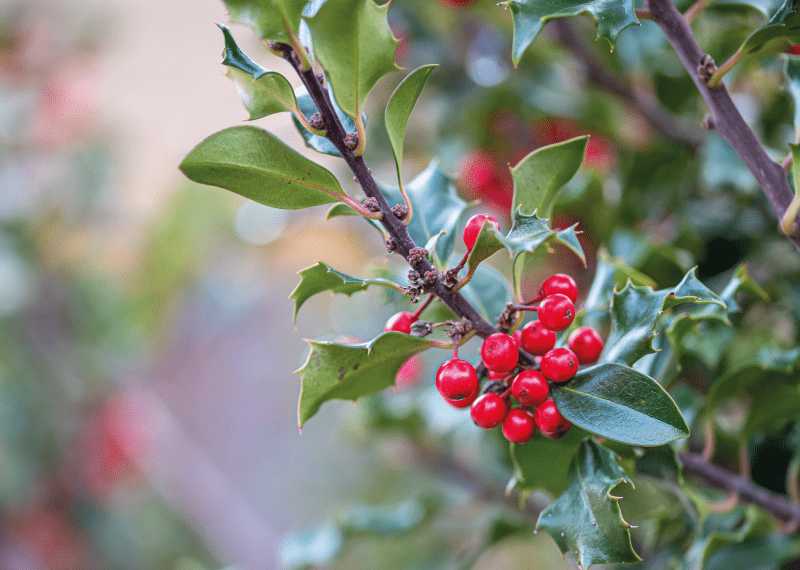
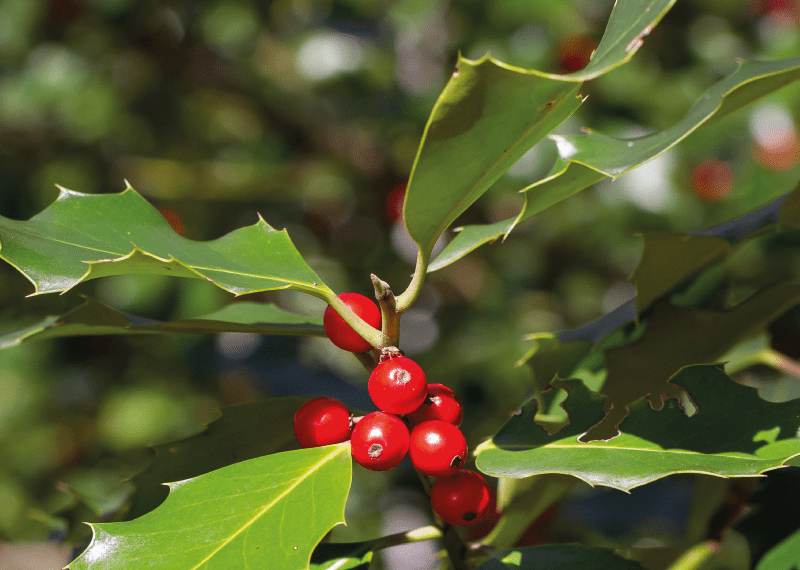
Mature Holly trees can grow up to 15m tall and are found in the UK and across Europe, North Africa and western Asia. Holly is common in parks, gardens and woodland as it will grow in almost any condition and can withstand shady environments.
Holly provides a great source of food for birds. The fruits appear in months such as October and November, so keep birds fed throughout the colder months. The tree is pollinated by bees and other insects.
– Prickly, oval green leaves around 5-8cm in length (as they mature leaves become smoother)
– White flowers which ripen into scarlet berries
– Silvery or dark grey bark
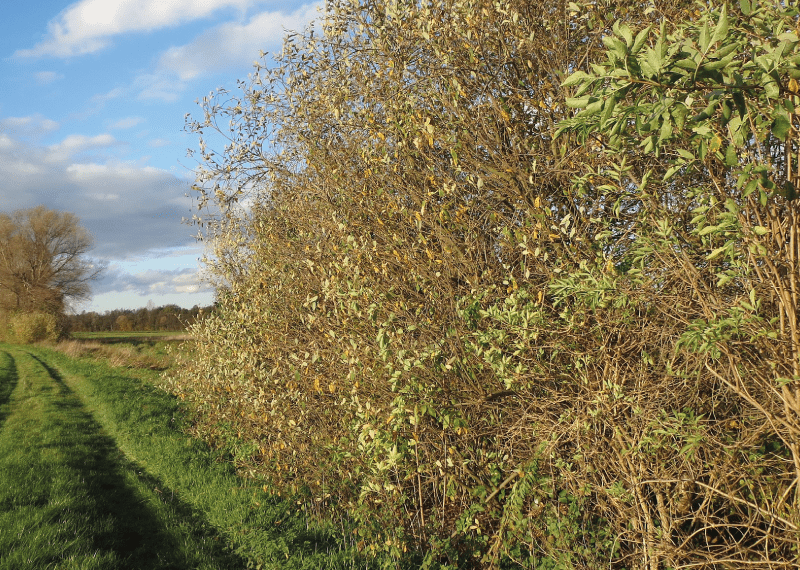
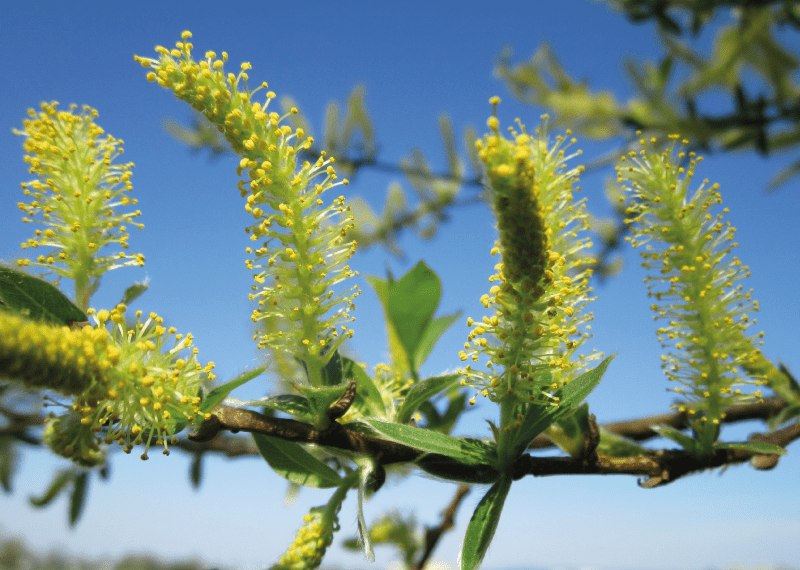
The White Willow, which grows up to 25cm, is the largest species of Willow. The White Willow can be found close to rivers and streams as they prefer wet ground. They grow wild in Europe, central Asia, and northern Africa and are native to the UK.
Like many of our other native trees, moth and caterpillars feed on the leaves. Common species found eating the leaves include the Puss Moth and the Red Underwing. The catkins, which are found on the tree in early spring, provide a source of pollen for bees and other insects, the tree has the perfect branches to house birds.
– Slender oval leaves, paler than other willows
– Male catkins around 4-5cm long and female catkins 3-4cm long
– Grey-brown bark